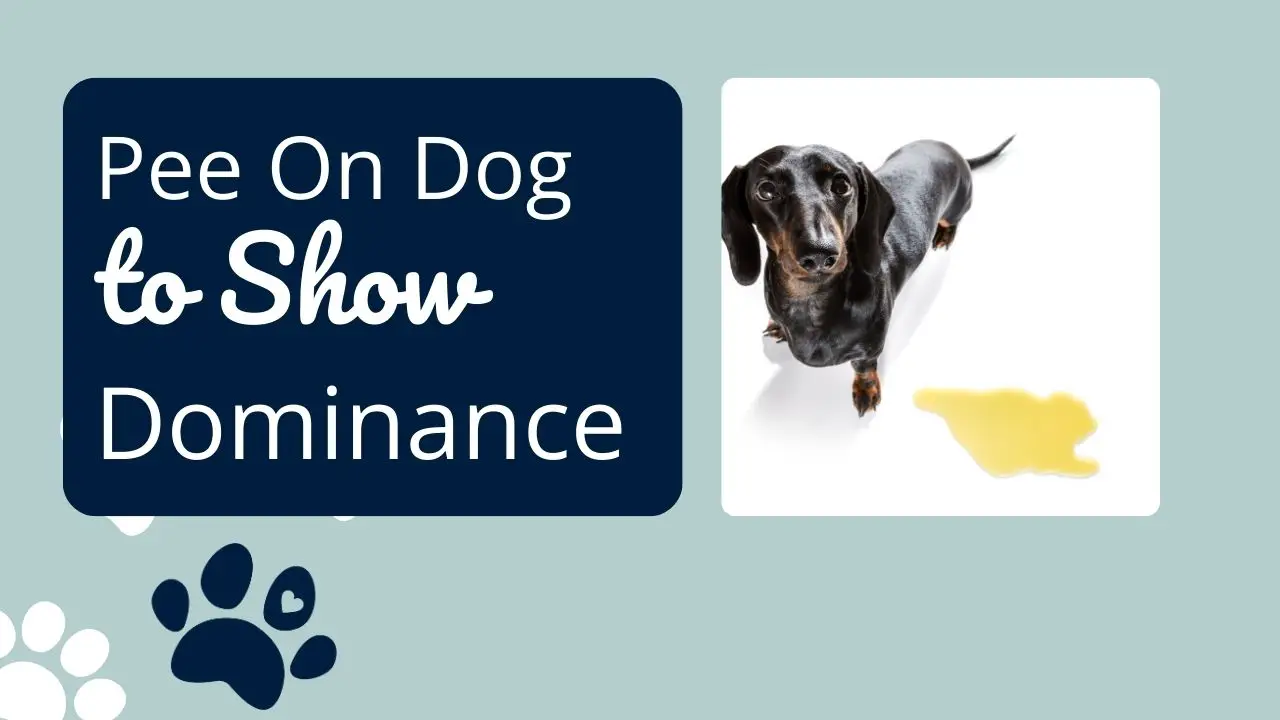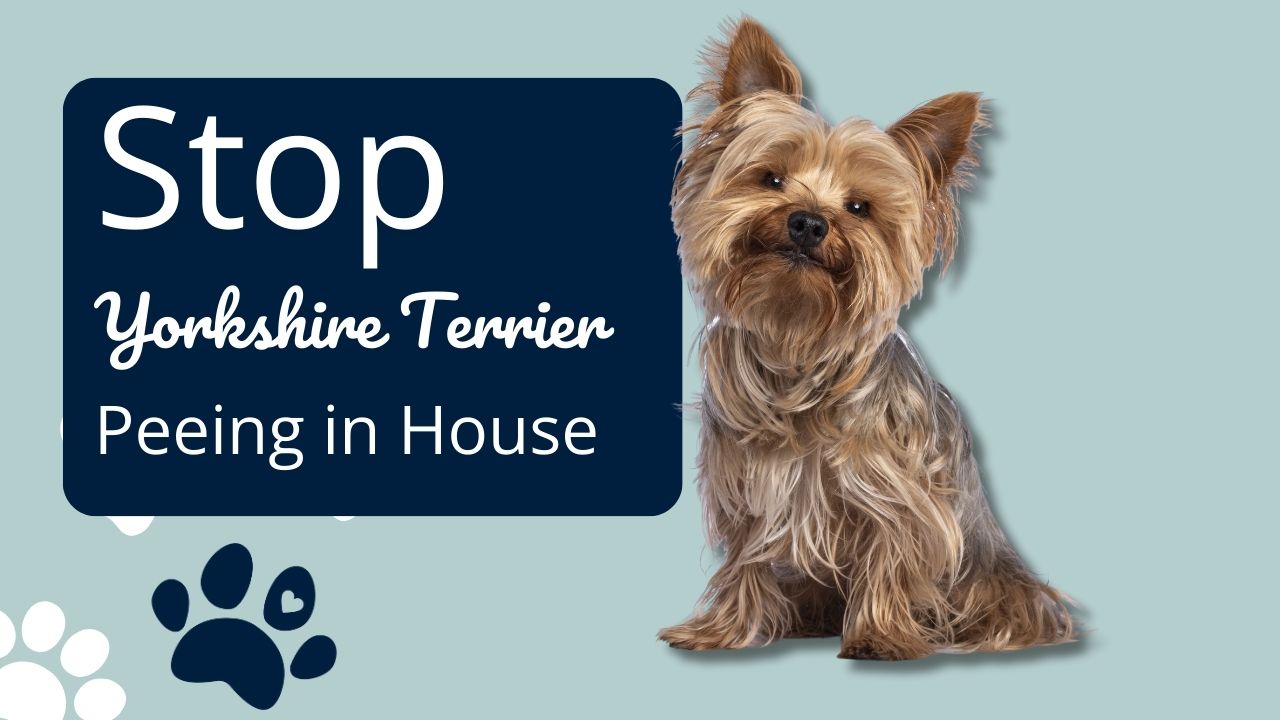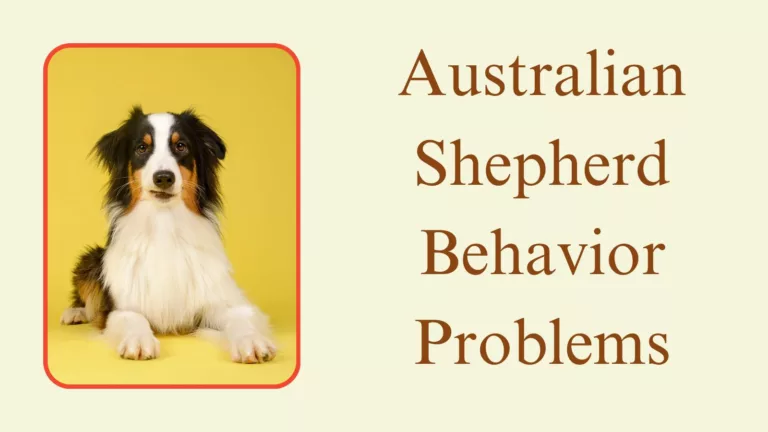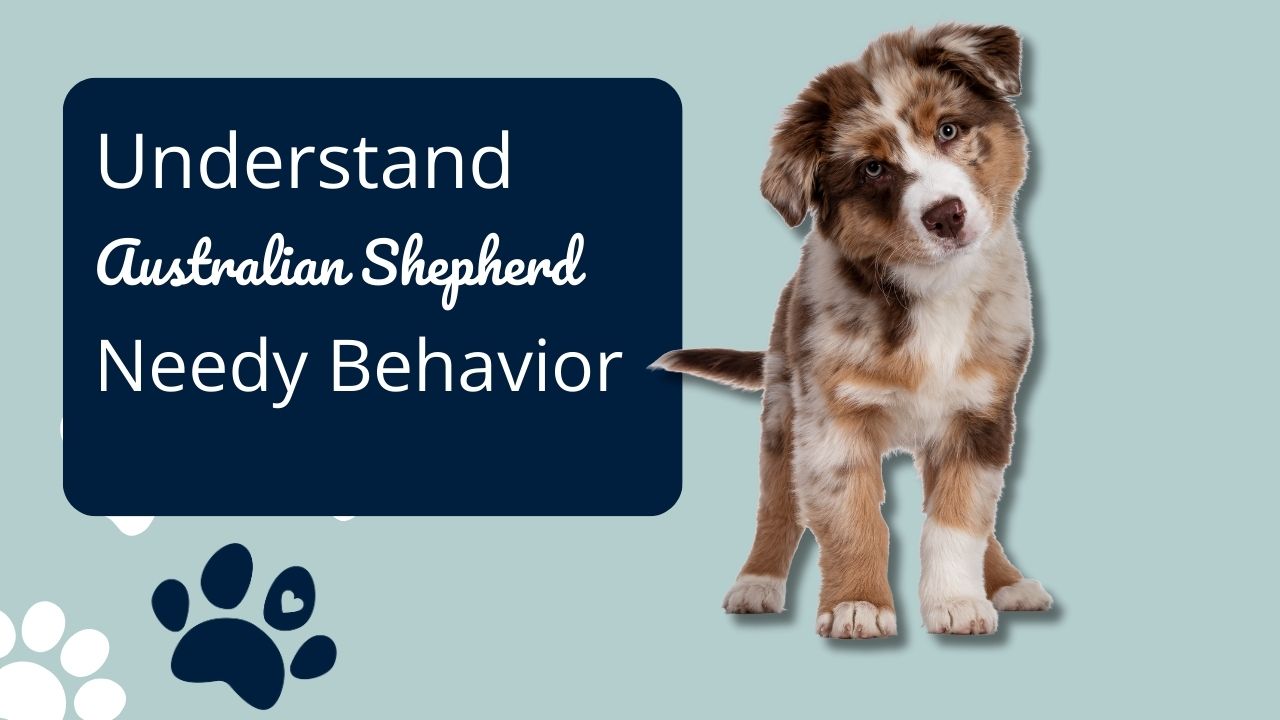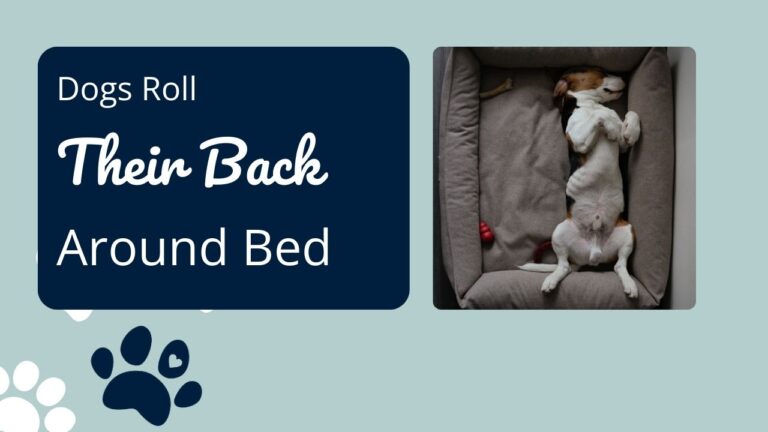“Absolutely not. The idea of using urine to establish dominance in dogs is a debunked myth. Dogs don’t operate on a rigid dominance hierarchy, and resorting to such actions can harm your relationship. Focus on positive training and understanding your dog’s needs for a healthy bond.”
Understanding pet dynamics involves grasping the concept of dominance in the animal kingdom. Dominance signifies hierarchy in a pack, where the “dominant” animal leads and makes key decisions. Unfortunately, pet owners often misconstrue this, believing in the misleading idea of establishing dominance by urinating on their dogs.
This notion lacks scientific backing and can result in abusive behavior, confusion for the dog, and a strained owner-pet relationship. Applying dominance theory incorrectly may lead to harmful actions and a misunderstanding of proper pet care. It’s vital to rely on science-based facts, prioritizing a loving relationship built on respect rather than misguided notions of authority.
Myth: Peeing on Your Dog to Show Dominance
The idea of Dominance Theory in dog training, once popular, has been largely discredited by modern animal behaviorists. Originating from observations of wolves, this theory suggested dogs, as wolf descendants, would respond to dominance-based training.
The “alpha dog” concept gained traction but has since been recognized as oversimplified and harmful to dogs. Dominance-based methods can lead to aggression, and anxiety, and weaken the bond between dogs and owners. Contemporary dog trainers now advocate for positive reinforcement, emphasizing mutual respect and understanding over dominance.
Why Peeing on Your Dog is Cruel and Ineffective
Urinating your dog, aside from obvious hygiene concerns, is both cruel and ineffective for various reasons. Firstly, the idea that dogs establish dominance through urine marking is a misconception. Dogs use body language and social cues, not urination, to establish hierarchy. Applying human-centric views can lead to confusion.
Secondly, this action can increase anxiety and fear in the dog. Dogs need safety and comfort; subjecting them to such aggressive behavior triggers distress and damages the trust bond with their owner. A dog without trust can be challenging to manage and potentially unsafe around others.
Lastly, this unconventional disciplinary approach may worsen behavioral issues. Dogs don’t comprehend punishment like humans, leading to confusion and complications. For your pet’s well-being and the relationship, opt for positive and constructive training methods.
Harmful Effects of Dominance Training
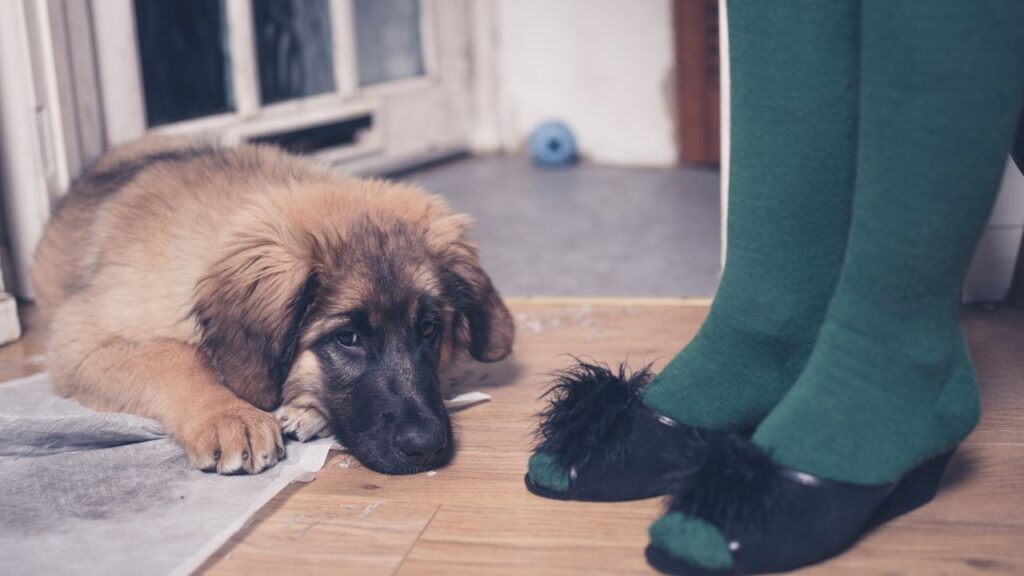
Dominance training, emphasizing the owner’s Alpha status for behavior control, can harm dogs physically and emotionally. Techniques like harsh leash corrections or physical punishment induce fear, anxiety, and aggression, impacting the dog’s well-being and increasing the risk of illnesses like heart disease due to chronic stress.
These negative methods also damage the trust and bond between the dog and owner, creating a relationship based on fear instead of mutual respect. Warning signs like growling or aggression towards others indicate potential behavioral problems and increased bite risk. Adopting a positive, rewards-based training approach is recommended for a healthier and more respectful relationship with your pet.
Best Ways to Building a Positive Bond with Your Dog
Building a positive bond with your dog is a rewarding experience, and it’s crucial to understand that good relationships are built on respect, not dominance. It’s a common misconception that peeing on your dog shows dominance; in fact, this can harm your relationship and cause distress. Instead, there are many effective ways to establish a strong bond with your furry friend. Explore the best practices for building a healthy, positive relationship with your dog.
Positive Training Methods
Positive training methods, like using rewards and positive reinforcement techniques, are increasingly popular in animal behavior and training. This approach focuses on building a strong bond based on trust and respect between the dog and the owner. By creating a happy, positive learning environment, reward-based training is beneficial for obedience and trick training.
For example, to teach your dog to sit, hold a treat above their head and use the command “sit”. They will naturally sit to get the treat, and then you reward them. Similarly, to teach your dog to roll over, use a treat to lure them into a rolling position, give the command, and reward. Using these methods will make your training sessions more successful and strengthen the bond between you and your dog.
Establishing Routine and Structure
Establishing a consistent routine and structured environment for your dog is crucial for responsible pet ownership. It significantly improves their overall well-being, reduces stress levels, and enhances behavior and health. Consider adding obedience training and consistent playtime to their daily routine. Keeping their essentials in the same place and sticking to the same walking route adds predictability. This creates a content, well-adjusted, and happy dog.
Play and Exercise
Physical activity is vital for a dog’s overall wellness and longevity, regardless of breed. Regular play and exercise are crucial for their physical, mental, and emotional development. It improves cardiovascular health, helps maintain a healthy weight, and enhances joint flexibility and muscular strength. Different breeds have different exercise needs.
For example, a Border Collie or Labrador may enjoy fetch, hikes, or swimming, while a Shih Tzu or Bulldog may prefer neighborhood strolls. Interactive play, like tug-of-war or hide-and-seek, strengthens the bond with the owner and provides mental stimulation. Puzzle toys with treats offer a fun mental challenge. Tailor exercise to the dog’s breed, age, and health for their well-being.
Proper Nutrition and Health Care
Play and exercise are vital for your dog’s well-being, both physically and mentally. However, a balanced diet is crucial for their overall health. Proper nutrition boosts energy levels, strengthens immunity, and promotes healthy skin and coat. Provide high-quality, breed-specific food for optimal results.
Regular vet check-ups and vaccinations are essential to maintain your dog’s health. Annual examinations help detect potential issues early on. Don’t underestimate the importance of grooming. It keeps your dog clean, and comfortable and prevents infections. Brush their teeth, groom their coat, check their eyes and ears, and trim their nails regularly.
Avoiding Harmful Practices
Dominance-based training methods, like alpha dog theories, have been discouraged due to their potential to induce fear, anxiety, and aggression in dogs. These methods involve asserting human dominance through techniques such as physical domination or punishment. However, studies show that these methods are based on a flawed understanding of dog behavior and can have negative repercussions. Mistreatment, whether physical or psychological, can lead to withdrawal, anxiety, depression, and hostility in dogs. Using positive reinforcement and empathetic methods is essential for effective training.
Conclusion
In conclusion, the idea of peeing on your dog to assert dominance is not only misguided but also harmful. Dogs are sensitive creatures that thrive on positive reinforcement and mutual respect, not dominance or fear. This approach can lead to behavioral problems and a damaged relationship between you and your pet.
Building a positive bond with your dog should be centered on trust, understanding, and consistent training. Spend quality time with your dog, engage in play activities they enjoy, maintain a regular exercise schedule, and use positive reinforcement during training sessions. Remember, clear communication is key to understanding your dog’s needs and responding appropriately.
Moreover, professional help from a dog trainer or behaviorist can be a valuable resource in managing and modifying your dog’s behavior. They can provide you with the right tools and techniques to establish a healthy and respectful relationship with your pet.
FAQs
How can I show dominance over my dog?
Rather than trying to ‘dominate’ your dog, it’s better to focus on building a relationship based on mutual respect and understanding. This can be achieved through consistent training, setting boundaries, and using positive reinforcement.
Do dogs pee to show dominance?
While some animals may use urination as a form of marking territory, it is generally not considered a display of dominance in domestic dogs. It’s more likely to be a sign of anxiety or a medical issue.
Should I hold my dog down to show dominance?
No, holding your dog down can be seen as a threat and can lead to fear or aggression. Instead, use positive reinforcement strategies to guide your dog’s behavior.
How do you discipline your dog when they pee inside?
If your dog pees inside, it’s important to handle the situation calmly. Never punish your dog after the fact. Instead, try to catch them in the act and interrupt them with a quick, neutral sound like “uh-oh,” then immediately take them outside. Remember, consistency and patience are key in house-training a dog.

